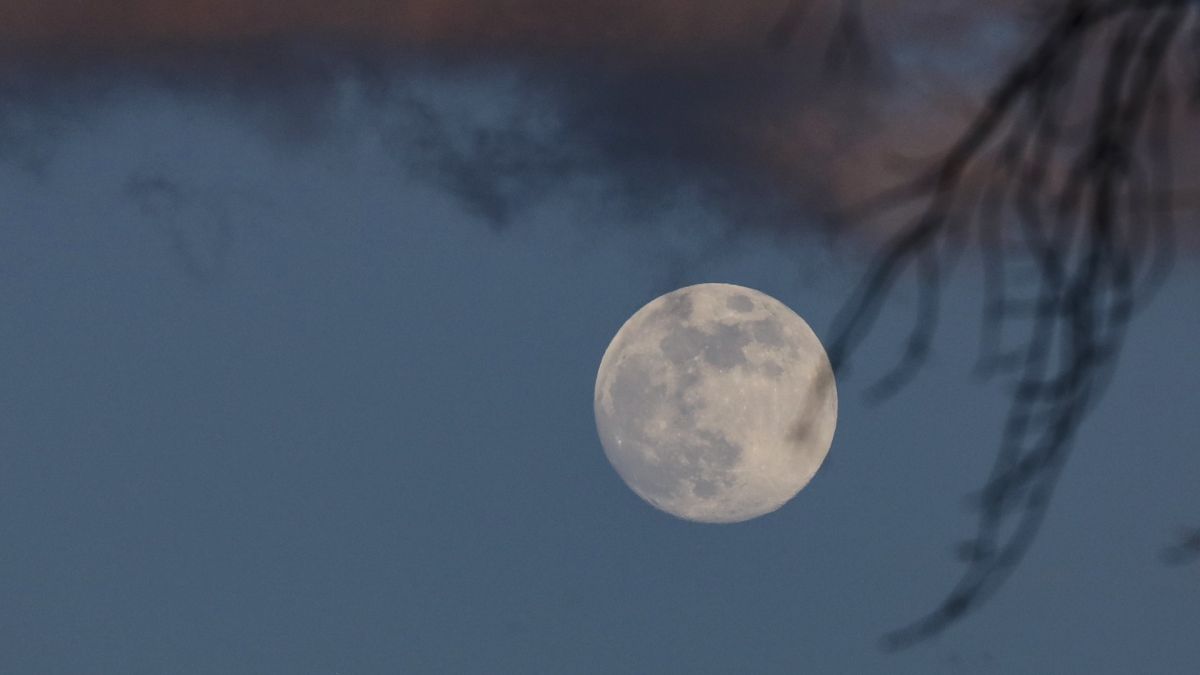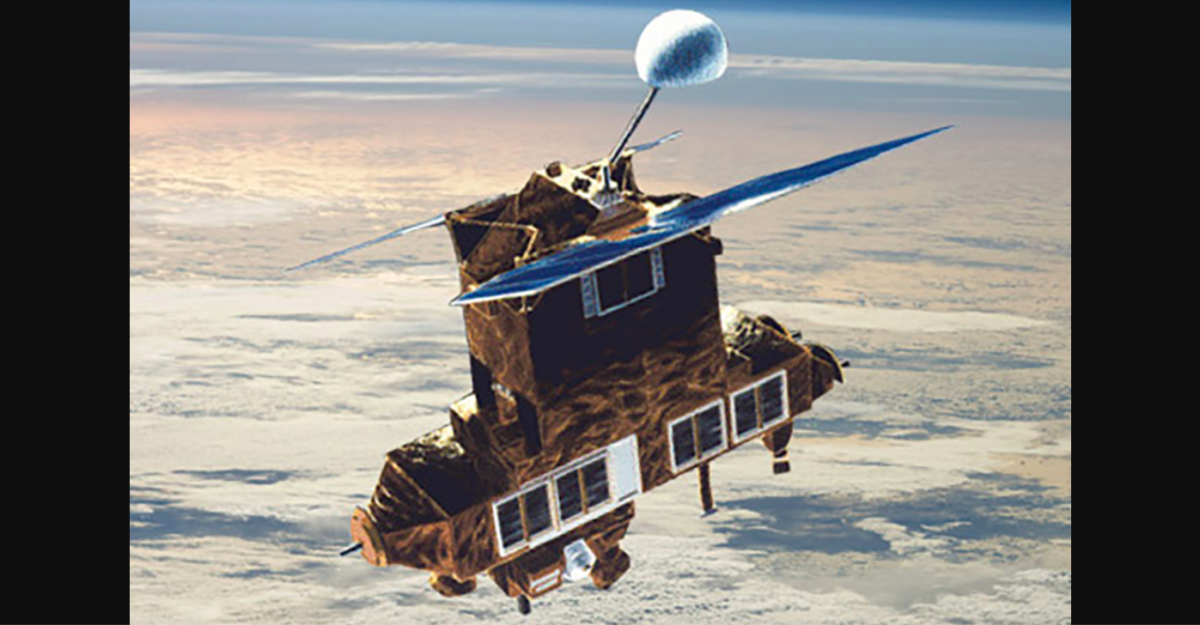A.C. Charania is NASA’s new chief technologist, serving as principal advisor to Administrator Bill Nelson on technology policy and programs at the agency’s Headquarters in Washington. He will lead technology innovation.
Read MoreMonth: January 2023
Amazing photos of gorgeously green Comet C/2022 E3 (ZFT)
(Image credit: John Chumack/GalacticImages.com) The Comet C/2022 E3 (ZFT) could put on an amazing show for skywatchers January and February 2023, when it could become visible to the unaided eye in the night sky. Discovered in March 2022 by the Zwicky Transient Facility, the comet is making its first close pass by Earth in 50,000 years and has not been seen since the time of the Neanderthals. Since its discovery, stargazers and astrophotographers have captured amazing images of the gorgeous green comet. Take a look at their images here. Read…
Read MoreWatch SpaceX launch 40 OneWeb internet satellites Monday night
SpaceX plans to launch another big batch of internet satellites for the communications company OneWeb on Monday night (Jan. 9), and you can watch the action live. A Falcon 9 rocket topped with 40 of OneWeb’s broadband satellites is scheduled to lift off from Cape Canaveral Space Force Station in Florida on Monday at 11:50 p.m. EST (0450 GMT on Jan. 9). Watch it live here at Space.com, courtesy of SpaceX, or directly via the company (opens in new tab). Coverage will begin about 15 minutes before launch. Related: 8 ways…
Read MoreBlueWalker 3, an enormous and bright communications satellite, is genuinely alarming astronomers
Trail from BlueWalker 3 above Kitt Peak telescope in Arizona. (Image credit: KPNO/NOIRLab/IAU/SKAO/NSF/AURA/R. Sparks) This article was originally published at The Conversation. (opens in new tab) The publication contributed the article to Space.com’s Expert Voices: Op-Ed & Insights. Michael J. I. Brown (opens in new tab), Associate Professor in Astronomy, Monash University The night sky is a shared wilderness. On a dark night, away from the city lights, you can see the stars in the same way as your ancestors did centuries ago. You can see the Milky Way and the constellations associated…
Read MoreQ&A with Dr. Z: Former NASA science chief talks about his 6 years at the helm
Thomas Zurbuchen has ridden off into the sunset. Zurbuchen, affectionately known as Dr. Z, stepped down as head of NASA’s Science Mission Directorate on Dec. 31. He had served in the post for six years, a longer continuous term than that of any of his predecessors. Dr. Z’s tenure was incredibly eventful, packed with high-profile science and exploration successes. In 2021, for example, NASA landed the life-hunting, sample-collecting Perseverance rover on Mars and launched the $10 billion James Webb Space Telescope (JWST) to peer farther back into the universe’s history…
Read MoreWhat time will newfound comet be closest to the sun next week?
Earth’s night skies are receiving a surprise visitor this month. Comet C/2022 E3 ZTF will be making its closest approaches to both Earth and the sun in the coming weeks. The comet was first discovered in March 2022 by astronomers at the Zwicky Transient Facility, part of the California Institute of Technology’s Palomar Observatory, when it was 399 million miles (643 million kilometers) from the sun, just inside the orbit of Jupiter. Since then, comet C/2022 E3 ZTF has moved much closer to the sun and Earth. In fact, at…
Read More1st full moon of 2023 was a wonderful Wolf Moon worldwide (photos)
Brett is a science and technology journalist who is curious about emerging concepts in spaceflight and aerospace, alternative launch concepts, anti-satellite technologies, and uncrewed systems. Brett’s work has appeared on The War Zone at TheDrive.com, Popular Science, the History Channel, Science Discovery, and more. Brett has English degrees from Clemson University and the University of North Carolina at Charlotte. In his free time, Brett is a working musician, a hobbyist electronics engineer and cosplayer, an avid LEGO fan, and enjoys hiking and camping throughout the Appalachian Mountains with his wife…
Read MoreDead NASA satellite to crash to Earth this weekend
A defunct NASA satellite is expected to reenter Earth’s atmosphere on Sunday evening (Jan. 8). The U.S. military predicts that the 5,400-pound (2,450 kilograms) Earth Radiation Budget Satellite (ERBS) will crash back to its home planet Sunday around 6:40 p.m. EST (2340 GMT), plus or minus 17 hours, NASA officials said. “NASA expects most of the satellite to burn up as it travels through the atmosphere, but some components are expected to survive the reentry,” agency officials wrote in an update (opens in new tab) on Friday evening (Jan. 6). “The…
Read MoreSatellites watch atmospheric river continue to drench California
More rain is on its way to an already drenched California as forecasters observe two new “atmospheric rivers” form above the Pacific Ocean on their way to ship huge amounts of tropical moisture to the usually dry and sunny state. After a superstorm dumped over 5 inches (12.7 centimeters) of rain in some coastal regions of California on Wednesday and Thursday (Jan. 4 and 5.), triggering flash floods and causing widespread power outages, Californians have received only a brief respite. A new atmospheric river is expected to arrive Friday night,…
Read MoreVirgin Orbit aims to launch historic mission from UK on Monday
Spaceflight history will be made on Monday (Jan. 9), if all goes according to plan. Virgin Orbit’s “Start Me Up” mission is scheduled to lift off at 5:16 p.m. EST (2216 GMT) on Monday from Spaceport Cornwall in England, company representatives announced on Friday (Jan. 6). “Start Me Up” will be the first-ever orbital launch from the United Kingdom and the first commercial mission to take flight from Western Europe. “This is a significant landmark for the nation, the U.K. Space Agency and for all thosewho have worked so hard…
Read More
